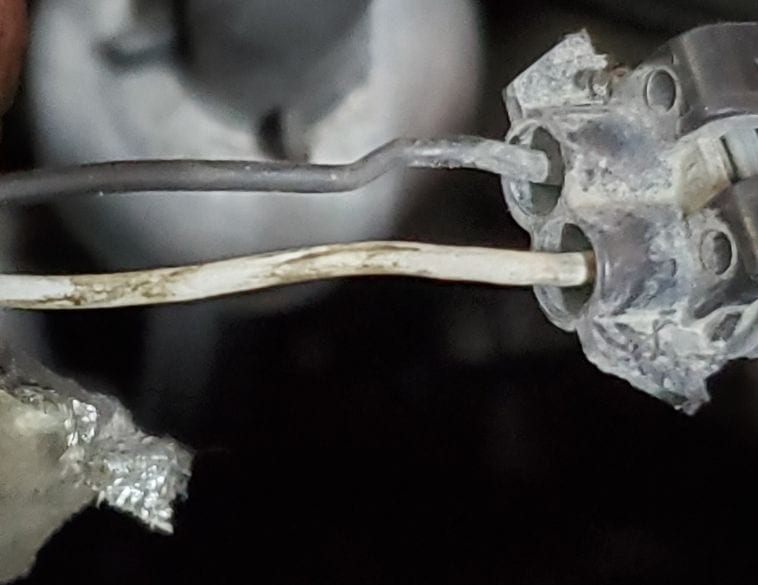A Volt that doesn’t charge.
For the first article of 2021, let’s talk about a diagnosis made on an EV, in order to tackle what’s coming up in your shops soon?
The vehicle in question is a 2012 Volt. It can no longer be recharged. Verification of the anomaly codes reveals two codes related to the problem: P1FFF (System Isolation/Coolant level sensor fault) and P1FFD (Hybrid/EV battery pack coolant level sensor circuit high voltage).
Why is the vehicle not charging? The Volt has three cooling systems: one for the engine and passenger heater, one for the battery and one for the electronics. A level sensor is installed on the battery circuit to ensure that the battery will not overheat if there is no antifreeze left when it recharges.
Follow the chart
Let’s first go through the P1FFD diagnostic chart. Step 1: the charter asks us to check if the latest version of the program is installed in Hybrid/EV Powertrain Control Module 2 (HPCM 2). This is a very easy step with GM products, and it turns out that the car is up to date. Step 2 is to make sure that the antifreeze level in the circuit is adequate (it is). After these two visual checks, we are directed to the component and circuit checks.
The sensor operates with a 5V power supply and ground. First check: we are asked to disconnect the sensor and check if the ground is good. Then we are asked to check the 5 V power supply. For this check, we must put the vehicle in service mode to prevent the combustion engine from starting since the hood is open.
This operating mode is activated by pressing the vehicle start button for a few seconds without pressing the brake pedal. The circuit must be close to 5 V. Next check: sensor resistance, which should be between 24 and 25.4 kiloohms. If all these checks are conclusive, we are asked one last thing before leaving us empty-handed: take a magnet, pass it near the sensor and see if the sensor resistance changes. If it changes, we are recommended to change the tank, because the float must be stuck. But in this case, it is not. Since everything seems correct, what is the next step?
A severed wire
The description of the code mentions that the HPCM 2 has seen too high a voltage on the circuit. Yes, a short circuit in the positive could be the cause, but also a wire that only holds on a few strands, and the circuit breaks. I decide to carefully inspect the wire comforter, which is doing a 90 degrees before plugging into the sensor.
With this check, I noticed that the wire on the ground side was cut (the zigzag in the picture) and that with my manipulation during my check, the wire had temporarily reconnected.
As always, I invite you to read your charts carefully, but also, to look for other possibilities that could have caused the problem. Have fun diagnosing!



